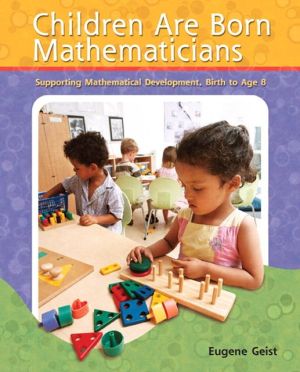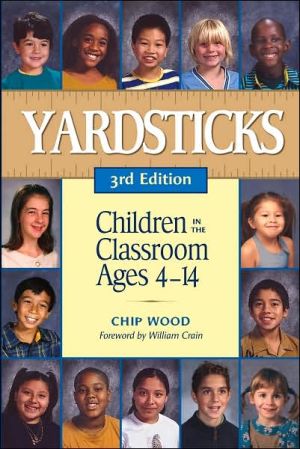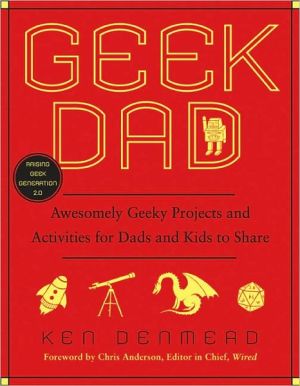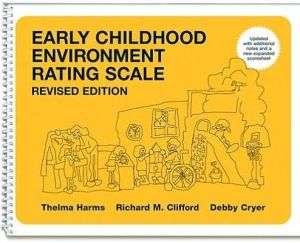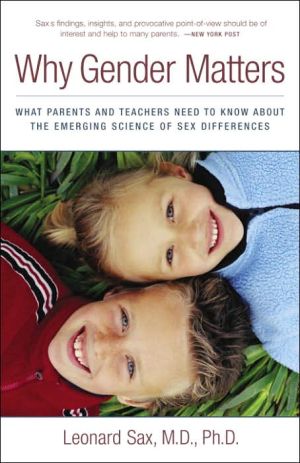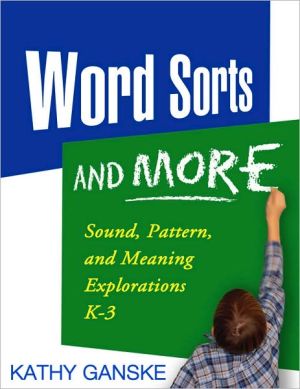Children Are Born Mathematicians: Supporting Mathematical Development, Birth to Age 8
Comprehensive yet accessible, Children Are Born Mathematicians is a constructivist and developmental approach to teaching mathematics to young children from birth through third grade. Foundational chapters on the state of mathematics today, theories of learning, and diverse learners provide the perspective that understanding of mathematics is developed individually as well as socially, and age-specific chapters explain how teachers can support and assess that learning.\ A Constructivist...
Search in google:
This brand new book for Early Childhood Mathematics Methods classes takes a comprehensive and chronological view of mathematics development in children, beginning at birth and going through the third grade. It offers specific teaching suggestions for each grade level based on the newly released NCTM (National Council of Teachers of Mathematics) standards. The new NCTM focal points for each grade are designed to help make mathematics teaching coherent and focused. Knowing what the two or three most important concepts are in each grade help teachers focus their teaching and their mathematics program. Using these standards can help teachers to use many different methods to reach their objectives rather than being tied to one specific method.This book takes a constructivist approach, meaning that children should be active learners and interact with other children in learning and constructing their knowledge. The author stresses that this process is at least as important as correct answers, as is comprehension of concepts. Teachers should focus on questioning and promoting mathematical thinking rather than simply getting the correct answer. Finally, the author encourages teachers to see math as a developmental process that children engage in as they grown and develop. The teacher’s role is to promote concept understanding and development through active experiences and questioning techniques in combination with teaching skills in developmentally appropriate ways.
Children and Mathematics: A Natural Combination 1Chapter Objectives 1What is Emergent Mathematics? 4Promoting Emergent MathMaking a Difference as a Teacher 7Recent Findings in Teaching Mathematics 9Treating Children as Mathematicians 11Implications for Early Childhood EducationNCTM Principles, Standards and Curriculum Focal Points 15NCTM's Guiding Principles for School MathematicsNCTM Standards for School MathematicsNCTM and NAEYC Joint Statement on MathematicsCurriculum Focal Points for Prekindergarten Through Grade 8Putting the Pieces Together: The "3E" Approach 28Summary 29Web Sites 31Discuss and Apply What You Have Learned 31Building a Knowledge Base and Learning to Reflect 35Chapter Objectives 35Understanding Yourself 36The Process of ReflectionDealing with Our Own Math Anxiety FirstTeachers are Decision Makers 40A Lesson in MathematicsUnderstanding Child Development 43The Behaviorist ApproachThe Montessori MethodA Visual Approach to Learning MathematicsThe Constructivist ApproachNCTM and Theoretical Basis for MathematicsUnderstanding Your Students 57Summary 61Web Sites 62Discuss and Apply What You Have Learned 62Diversity, Equity, and Individualized Instruction 65Chapter Objectives 65Nature and Nurture in the Mathematics Classroom 66Individualized Instruction 67Holding High Expectations for All StudentsSocioeconomic Factors 72Overcoming SES ObstaclesMinority Student Achievement 78Children with Special Needs 82Creating Inclusive EnvironmentsGifted StudentsEnglish Language Learners and Linguistic Diversity 90Overcoming the Language BarrierGender Differences 91Accommodating Differences in Boys and Girls' Learning StylesStandardized Testing and Gender DifferencesSummary 96Web Sites 97Discuss and Apply What You Have Learned 98Creating a Constructivist Classroom 103Chapter Objectives 103The Child-Centered Curriculum 104Teachable MomentsCommon Objections to the Child-Centered ApproachPreparation of the Child-Centered Environment 115Preparing the EnvironmentDesigning Effective Educational SpaceMaterials 118ManipulativesTextbooks and Math SeriesWhat to Do Before the First Day 123Summary 128Web Sites 129Discuss and Apply What You Have Learned 130Infants and Toddlers 132Chapter Objectives 132What are Infants and Toddlers Like? 133What Mathematical Concepts Do Infants and Toddlers Learn? 142The Concept of "More"The Concept of "One"Making RelationshipsMeeting Standards with Infants and Toddlers 150What Does an Infant and Toddler Learning Environment Look Like? 155Developmentally Appropriate Strategies and Activities for Infants and Toddlers 157Rhythm and MusicBlocks and ShapesEveryday ActivitiesManipulativesEveryday Routines and Common ActivitiesMath GamesSupporting Emergent Mathematics 163Sample Infant and Toddler Lesson Plans 163Assessment 171Standardized vs. Authentic AssessmentFormal vs. Informal AssessmentFormative vs. Summative AssessmentUsing Assessment with Infants and ToddlersSummary 174Web Sites 175Discuss and Apply What You Have Learned 176Preschool Age 180Chapter Objectives 180What are Preschool Children Like? 181Physical DevelopmentCognitive DevelopmentEmotional DevelopmentPlayDevelopmental Milestones for Preschool MathematicsWhat Mathematical Concepts do Preschool Children Learn? 188Mathematical Concepts in PreschoolMeeting Standards with Preschool Children 201General Mathematics Standards and Benchmarks for Preschool MathematicsWhat Does a Preschool Mathematics Learning Environment Look Like? 204Developmentally Appropriate Strategies and Activities for Preschool-Age Children 206Sample Preschool Lesson Plans 215Assessment 227Summary 230Web Sites 231Discuss and Apply What You Have Learned 232Kindergarten and First Grade 235Chapter Objectives 235What Are K-1 Children Like? 236Physical DevelopmentCognitive DevelopmentSocial-Emotional DevelopmentWhat Mathematical Concepts Do K-1 Children Learn? 241Encouraging Intellectual AutonomyMathematical Concepts in KindergartenMathematical Concepts in First GradeMeeting Standards With K-1 Children 255NCTM Focal PointsWhat Does a K-1 Mathematics Learning Environment Look Like? 258Developmentally Appropriate Strategies and Activities for K-1 Age Children 261Word ProblemsWhole-Class InstructionMath GamesProjectsSample Kindergraten and First-Grade Lesson Plans 269Assessing Mathematics in K-1 281Summary 286Web Sites 287Discuss and Apply What You Have Learned 287Second and Third Grade 291Chapter Objectives 291What are Second and Third Graders Like? 292PhysicallyCognitivelySocially-EmotionallyWhat Mathematical Concepts Do Second- and Third-Grade Children Learn? 296Base 10 and Place ValueMultiplication and DivisionLinear MeasurementLearning Disabilities-Adhd, Dyslexia and Dyscalculia 311Meeting Standards for Second- and Third-Grade Children 314What Does a Second- and Third-Grade Mathematics Learning Environment Look Like? 317Developmentally Appropriate Strategies and Activities for Second-and Third-Grade Children 318Teaching Lessons and Problem SolvingTechnologyTimed and Fluency ActivitiesWorksheets and HomeworkHands-On Materials and ManipulativeSample Second- and Third-Grade Lesson Plans 327Assessing Mathematics in Second- and Third-Grade 338Summary 341Web Sites 342Discuss and Apply What You Have Learned 343Integrating Mathematics 349Chapter Objectives 349The Importance of Integration 350Integrating Math with ReadingIntegrating Math with ScienceIntegrating Math with Social StudiesIntegrating Math with MusicIntegrating Math with ArtPhysical ActivityUsing the Project Approach 370Topic SelectionSummary 373Web Sites 374Discuss and Apply What You Have Learned 375Sample State Standards 379Index 394
